Uncategorized
-
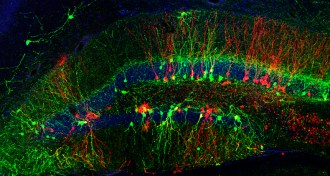 Neuroscience
NeuroscienceWith good timing, experiences can rewire old brains
New experiences can rewire old brains — but the timing has to be just right.
-
 Health & Medicine
Health & MedicineE-cigarettes lower immunity to flu and other germs
Electronic cigarettes produce substantial amounts of lung inflammation, a new mouse study finds. They may also reduce the ability to fight off infections from strep and flu germs.
By Janet Raloff -
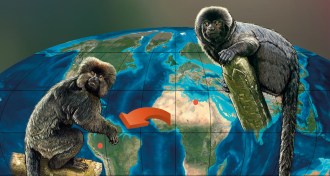 Paleontology
PaleontologyMonkeys reached Americas about 36 million years ago
Peruvian fossils suggest ancient African primates somehow crossed the Atlantic Ocean and gave rise to South American monkeys.
By Bruce Bower -
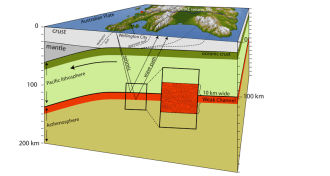 Earth
EarthGeologists discover tectonic plate’s slippery underbelly
Slippery layer of partially melted rock underneath tectonic plate revealed using reflected dynamite blast vibrations.
-
 Science & Society
Science & SocietyFinalists chosen to compete in the 2015 Intel Science Talent Search
Teens from 18 states will soon face off in the finals of the 2015 Intel Science Talent Search, the nation’s most prestigious science research competition for high school seniors.
By Sid Perkins -
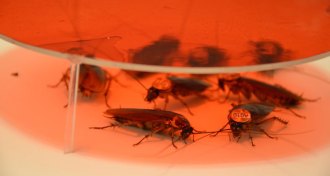 Animals
AnimalsCockroach personalities can speed or slow group decisions
The mix of temperaments in an alarmed cluster of cockroaches changes how quickly they make group decisions.
By Susan Milius -
 Humans
HumansBaby brains undergo dramatic changes in utero
Developing human brains experience more than 28,000 changes in a molecular process that governs gene activity.
-
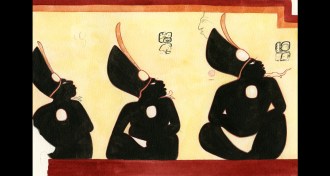 Anthropology
AnthropologyAncient Maya bookmakers get paged in Guatemala
New discoveries peg ritual specialists as force behind bark-paper tomes and wall murals.
By Bruce Bower -
 Physics
PhysicsWhen entering a black hole, fasten your seat belt
Rapidly spinning black holes can generate turbulence, a new analysis shows.
By Andrew Grant -
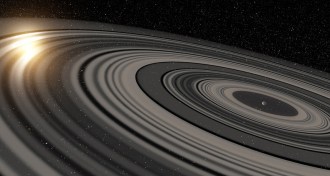 Astronomy
AstronomyGiant rings encircle young exoplanet
Stretching 90 million kilometers from their center, 37 stripes of dust around exoplanet were probably crafted by moons.
-
 Cosmology
CosmologyDust erases evidence for gravity wave detection
The claimed detection of primordial gravitational waves does not hold up after taking into account galactic dust, a new analysis concludes.
By Andrew Grant -
 Astronomy
AstronomyNeptune-like worlds could become habitable
Mini-Neptunes can drift toward their stars and lose their atmospheres, leaving behind ice-rich rocky cores that can become watery worlds.